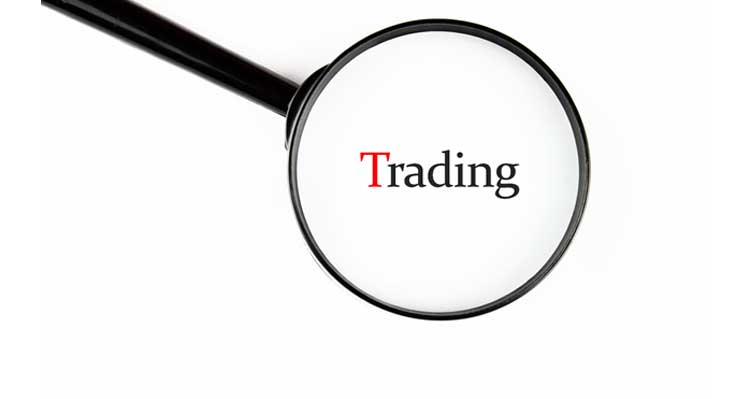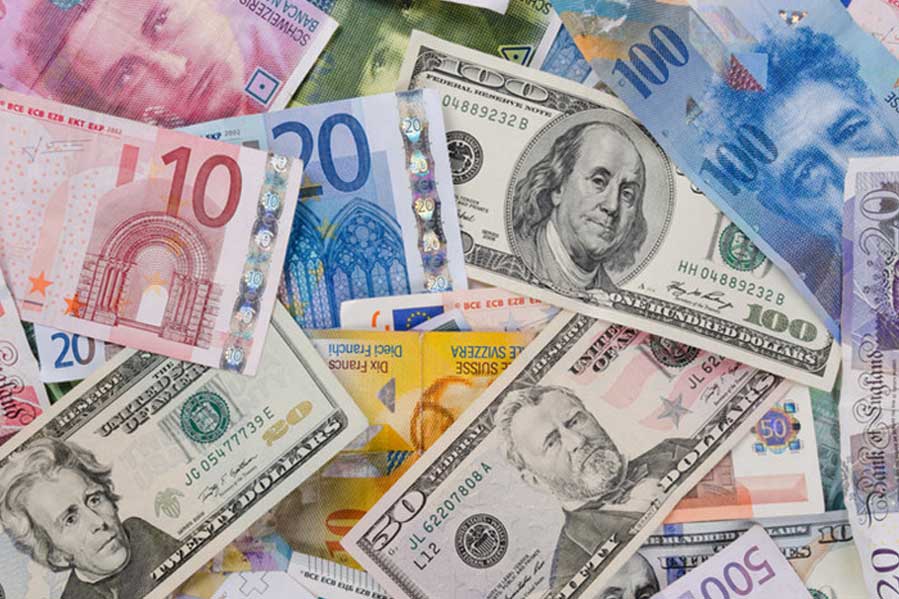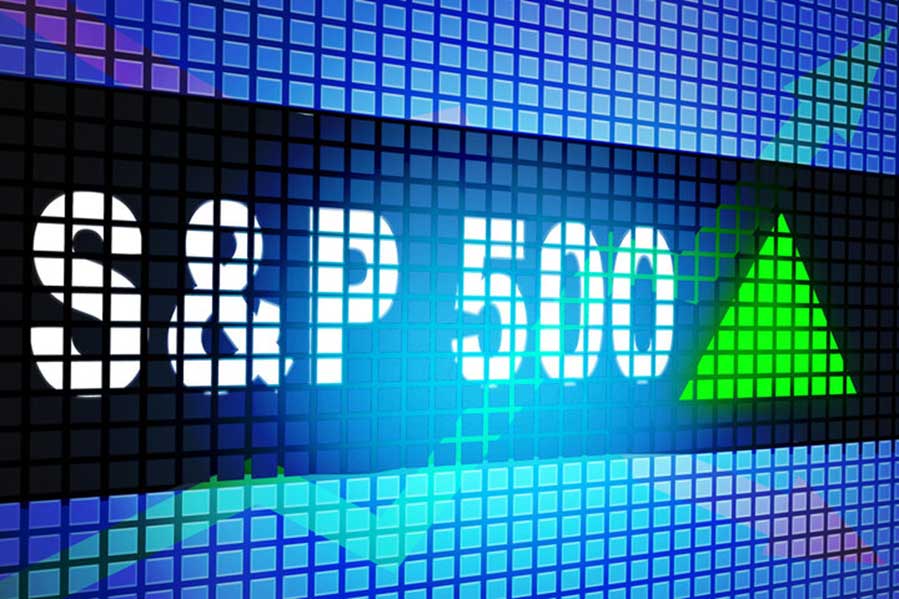E-Mini Futures and their even smaller counterparts, Micro Mini Futures, have grown in popularity among retail and institutional traders for offering access to major market indices and commodities with a reduced financial commitment. These contracts are a mainstay in modern financial markets, allowing participants to speculate on the future value of a wide range of assets, hedge against market volatility, or diversify investment portfolios. Let’s delve into the details of E-Mini and Micro Mini Futures, covering their varieties, trading venues, contract specifications, and best practices for trading through platforms like E-Futures.com.

E-Mini Futures
E-Mini Futures are electronically traded futures contracts that represent a fraction of the value of standard futures contracts. They were introduced by the Chicago Mercantile Exchange (CME) in 1997, starting with the E-Mini S&P 500, to make index futures trading accessible to individual investors and traders with smaller account sizes. The “E” in E-Mini stands for “Electronic,” highlighting their digital trading nature, which contrasts with the older, open outcry method of trading futures.
Types of E-Mini Futures Contracts
There are several types of E-Mini Futures contracts, each tied to different market indices or commodities. Some of the most popular include:
- E-Mini S&P 500 (ES): Tied to the S&P 500 Index, it is one of the most widely traded E-Mini Futures contracts. It allows traders to speculate on the future value of the S&P 500 Index.
- E-Mini NASDAQ-100 (NQ): Reflects the NASDAQ-100 Index and is popular among traders looking to gain exposure to the technology sector.
- E-Mini Dow ($5) (YM): Based on the Dow Jones Industrial Average, it provides exposure to 30 major U.S. companies.
- **E-Mini Russell
2000 (RTY):** Targets the Russell 2000 Index, which represents small-cap stocks, offering a different risk and reward profile compared to large-cap indices.
- E-Mini Crude Oil, Gold, and other commodities: These contracts allow traders to speculate on the future prices of specific commodities without the need to handle physical goods.
Micro Mini Futures Contracts
Micro Mini Futures, often just called “Micro Futures,” are a further subdivision, offering traders an even smaller contract size—1/10th the size of E-Mini contracts. Introduced to provide more granularity and lower barriers to entry, Micro Futures make the futures market accessible to an even broader audience, including small-scale traders and those new to futures trading.
Key Micro Futures contracts include:
- Micro E-Mini S&P 500 (MES)
- Micro E-Mini NASDAQ-100 (MNQ)
- Micro E-Mini Dow (MYM)
- Micro E-Mini Russell 2000 (M2K)
- Micro Gold and Silver contracts
Where Are They Traded?
Both E-Mini and Micro Mini Futures are primarily traded on the Chicago Mercantile Exchange (CME) through its electronic trading system, Globex. This platform allows for nearly 24-hour trading, providing flexibility for traders across different time zones.
Contract Sizes, Trading Hours, Tick Sizes, and Symbols
E-Mini Futures
- Contract Sizes: Varies by contract. For example, the E-Mini S&P 500
(ES) contract size is 50 times the S&P 500 index value.
- Trading Hours: Generally, trading is available nearly 24 hours a day from Sunday evening to Friday afternoon, with a trading halt from 5:00 PM EDT to 6:00 PM EDT each day. Specific hours may vary slightly by contract.
- Tick Sizes: Also varies. For the ES, the minimum tick size is 0.25 index points, equivalent to $12.50 per contract.
- Symbols: Each contract has its unique symbol, such as ES for the E-Mini S&P 500, NQ for the E-Mini NASDAQ-100, and YM for the E-Mini Dow.
Micro Mini Futures
- Contract Sizes: 1/10th the size of their E-Mini counterparts. For instance, the Micro E-Mini S&P 500 (MES) is 5 times the S&P 500 index value.
- Trading Hours: Similar to E-Mini contracts, allowing for nearly 24-hour trading from Sunday evening through Friday afternoon.
- Tick Sizes: Proportionately smaller than E-Mini contracts to reflect the reduced contract size. For MES, the minimum tick size is 0.25 index points, equivalent to $1.25 per contract.
- Symbols: Distinct symbols that often include an “M” to denote “Micro,” such as MES for Micro E-Mini S&P 500 and MNQ for Micro E-Mini NASDAQ-100.
Get started with E-Futures.com
Best Practices for Trading with a Futures Brokerage Firm Like E-Futures.com
Trading E-Mini and Micro Mini Futures requires an understanding of the futures market, a well-thought-out trading plan, and adherence to best practices, especially when trading through online brokerage platforms like E-Futures.com. Here are some tips for engaging in E-Mini Futures trading effectively:
- Understand the Products: Before diving into trading, thoroughly research the specific E-Mini or Micro Mini Futures contracts you’re interested in. Understand their tick sizes, contract sizes, and the indices or commodities they represent.
- Start with a Demo Account: Many platforms, including E-Futures.com, offer demo or simulation trading accounts. Use these to familiarize yourself with the trading platform and to test your trading strategies without financial risk.
- Develop a Trading Plan: A solid trading plan should include your trading goals, risk tolerance, and specific criteria for entering and exiting trades. It should also specify how you’ll manage your trades and control for losses.
- Use Risk Management Tools: Leverage tools like stop-loss orders to manage risk effectively. Be aware of account margin requirements and ensure you have sufficient funds to cover your positions.
- Stay Informed: Keep abreast of market news and events that could impact the indices or commodities underlying your futures contracts. Economic indicators, earnings reports, and geopolitical events can all influence market prices.
- Leverage Education Resources: Utilize educational resources and tools provided by your brokerage platform. E-Futures.com and similar platforms often offer webinars, tutorials, and guides to help traders improve their skills.
- Practice Discipline: Stick to your trading plan, and don’t let emotions drive your trading decisions. Discipline is key to long-term success in futures trading.
- Consult with Professionals: If you’re new to futures trading or if you’re looking to refine your strategies, consider consulting with a financial advisor or a futures trading expert.
E-Mini and Micro Mini Futures offer traders a range of opportunities to engage with the futures markets at a scale that suits their needs. By understanding the nuances of these contracts and adhering to best trading practices, individuals can navigate the complexities of futures trading more effectively. Whether aiming for speculation, hedging, or portfolio diversification, E-Mini and Micro Mini Futures provide a flexible and accessible path for market participation.
Ready to start trading futures? Call US 1(800)454-9572 – Int’l (310)859-9572 email info@cannontrading.com and speak to one of our experienced, Series-3 licensed futures brokers and start your futures trading journey with E-Futures.com today.
Disclaimer – Trading Futures, Options on Futures, and retail off-exchange foreign currency transactions involves substantial risk of loss and is not suitable for all investors. Past performance is not indicative of future results. You should carefully consider whether trading is suitable for you in light of your circumstances, knowledge, and financial resources. You may lose all or more of your initial investment. Opinions, market data, and recommendations are subject to change at any time.
**This article has been generated with the help of AI Technology. It has been modified from the original draft for accuracy and compliance.
***@cannontrading on all socials.
Top of Form







